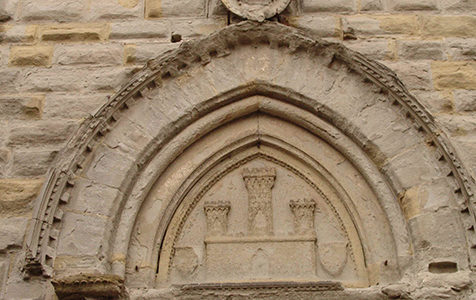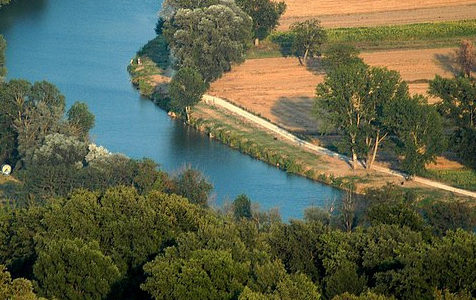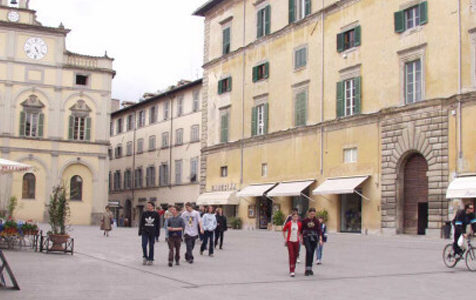Castrum Felicitatis and Civitas Castelli
Ancient center of the Umbrian – an Italic people believed to have come to Italy in the 2nd millennium BC who never submitted to Etruscans – it was a flourishing roman ‘Municipio’ called Tifernum Tiberinum. Pliny the Younger mentioned it in his letters and here built a temple, in the second century. In the fourth century Crescenziano, a roman legionary, preached the Gospel and it is said that Tifernum was destroyed by Totila and rebuilt by the Bishop Florido. In the Lombard era the town was called Castrum Felicitatis and then, in the Middle Ages, was a Guelph – sympathetic to the papacy – free town, known as “Civitas Castelli”. Its territory extends beyond the Appennine Mountains. Palazzo dei Priori and Palazzo del Podestà, in the old town, date back from the 14th century.
Sometimes the town was free and other times it was controlled by the Papal State, Perugia or Florence.
At times, the town was free and at other times it was controlled by the Church, Perugia or Florence. For a while it was governed by Pietramala and in the 1300’s Branca Guelfucci commanded. Braccio Fortebraccio occupied the town in 1422 and there was internal fighting between the Tarlati, Giustini and Fucci families until the Vitelli family took control. They filled the town with beautiful palaces and works of art. With Cesare Borgia it finally fell into the hands of the Church State although the Vitelli family continued to govern locally. In the following centuries the town was penalized by papal dominion and a lack of communications, so gradually declined. Freedom and unification were finally achieved in 1860, when the Piedmont troops arrived.
The Second World War had a devastating effect on town
World War II had a devastating effect, the passage of the front brought devastation and death. The city suffered until Liberation.
Shortly before, our fellow citizen, Lieutenant Colonel Venanzio Gabriotti, was shot by the Nazi-fascists on 9 May 1944. His name was given to Piazza del Duomo to remember him.
Continue your journey by choosing one of these sections:
- All
- A short history
- Churchs
- Monasteries and Convents
- Palaces
- Towers and Bell Towers




































